Become a member
Transportation Alternatives & the Future of Little Cottonwood Canyon
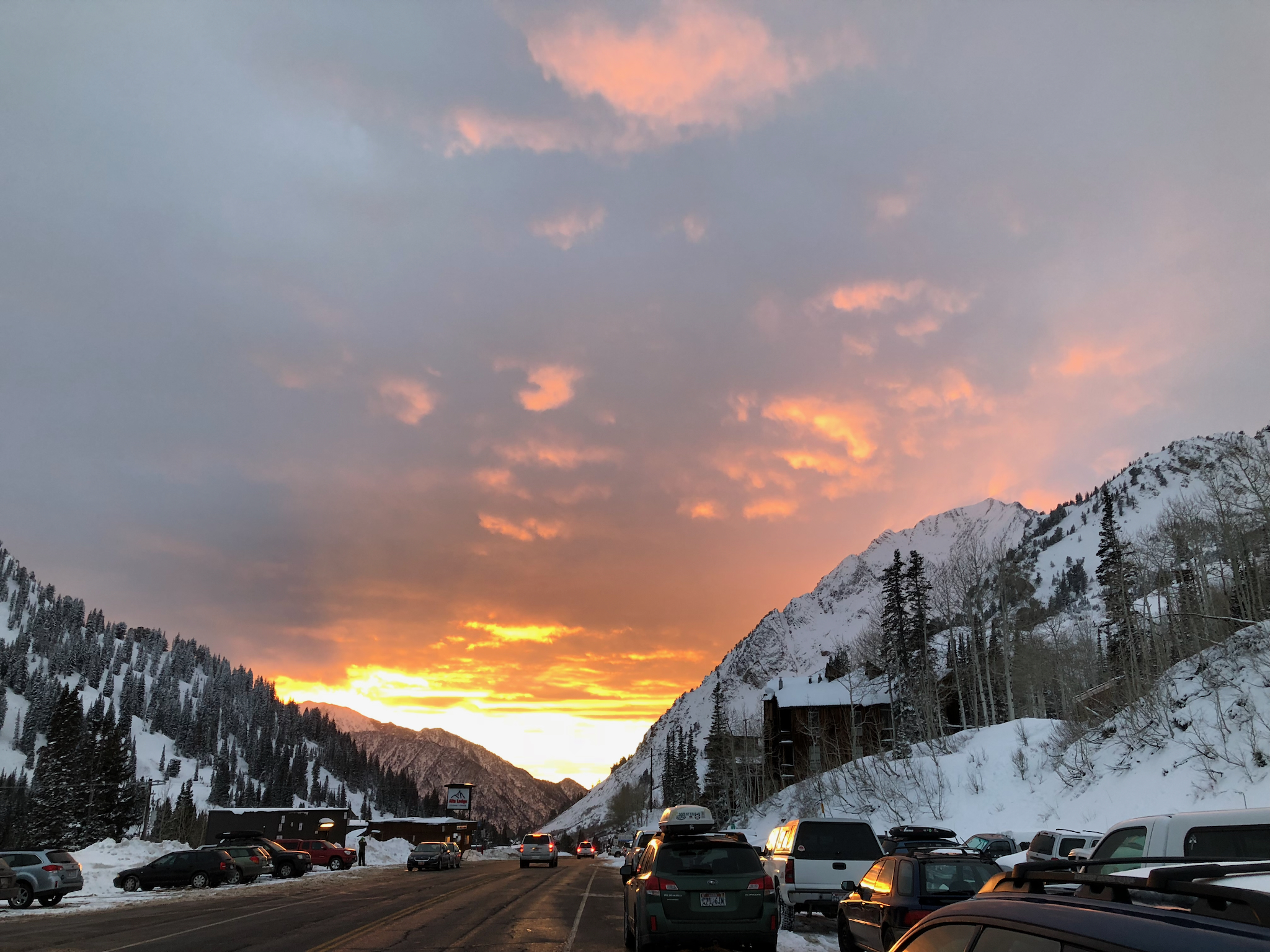
Hello Wasatch Backcountry Alliance enthusiasts!
As the snow unfortunately wanes – and, we hope, COVID does as well – we have a chance to look back on the discussions we had in our podcast “The Uptrack” with the various players who have the potential to radically affect our future ability to access our beloved Cottonwood Canyons, with special focus currently on Little Cottonwood Canyon (LCC). Hopefully you had a chance to watch/listen to The Uptrack, our Facebook Live and podcast discussions with Utah Department of Transportation (UDOT), the Central Wasatch Commission (CWC) staff, Stadler (representing the interests of a train going up Little Cottonwood Canyon), Utah Transit Authority (UTA) (representing the bus options), and the proponents of a proposed gondola, as well as both an intro and wrap up session with WBA board members. While we definitely had our opinions going into these sessions as to what would best serve the interests of dispersed (ie non-resort) user groups, we wanted to keep an open mind in order to learn as much as we could about each option, and were open and willing to have our minds changed.
Given that UDOT will be issuing their revised Environmental Impact Statement (EIS) sometime this summer, it’s important to let you know what we’ve learned over the past few months. To that end, below is WBA’s position and recommendation summary of our major takeaways and some other related comments. Because there is so much info to share, we have broken it into a high-level overview and a more detailed point-by-point discussion.
WHAT WBA WANTS TO SEE COME OUT OF THE PROCESS (WHICH WILL NOT HAPPEN WITH THE UDOT EIS)
- A comprehensive regional transit plan that includes all of the Wasatch Front (not just LCC);
- Transit Mobility encouraged from neighborhoods (we’re concerned with bringing congestion to base of canyons);
- A real effort with adequate funding to explore enhanced busing solutions that can be implemented next season;
- A plan that addresses transit while also considering the capacity of the canyons and how to protect and preserve the natural environment that makes them so special;
- And a plan that can be implemented in the near future, addressing immediate problems – with an eye for the future.
DEEP CONCERNS WITH THE EIS PROCESS & UNANSWERED QUESTIONS
After WBA’s thorough evaluation process (much of which was broadcast on Facebook Live and available through our recorded podcast series, The Uptrack), WBA thinks that there are three show-stopping concerns that need to be resolved:
- Disagreement by stakeholders about the basic vision, objectives and goals for the EIS;
- Lack of a cohesive regional transit plan that takes into account Wasatch Boulevard, Big Cottonwood Canyon (BCC), LCC, Millcreek, residential users, commuters, etc.; and
- A deep list of unanswered questions that need to be addressed before making such a large investment of tax-payer money (a list of which can be found below).
The process deserves clarity, agreement, and answers because the outcome will forever impact Little Cottonwood and the Central Wasatch.
STATEMENT ON CAPACITY
For years, WBA, along with other stakeholders, has been insisting that a capacity analysis must be part of the EIS in order to create a consensus on how many people can/should be in LCC at any time. This would help identify which proposed solution makes the most sense, which is sorely missing from the EIS process at this stage. All of UDOT’s high-capacity transportation alternatives have the ability to deliver significantly more people into LCC than is possible today. WBA is concerned that if capacity isn’t managed to current levels, this will increase the number of people in LCC (increase LCC capacity), and naturally will create additional new pressures for more development in LCC.
WBA believes any efforts that intentionally or unintentionally increase capacity beyond the current capacity limit, are not only outside the stated scope, but are completely unacceptable.
WBA’s POSITION ON THE LCC EIS
Given the problems with the EIS, before spending upwards of $1 billion to tear up LCC to construct unproven solutions like a train or gondola, WBA would like to see efforts to make the existing infrastructure we have in place today work. To date, the experts WBA have spoken with agree that buses can work, but underfunding and lack of a true champion for buses has led many to believe otherwise. Funding and support can lead to the success of the bus system and with this much at stake, we want to give it a chance to work! Plus, people want to see solutions implemented NEXT SEASON which is only possible with a bus solution. This means supporting creative solutions that have been proven to work, some of which may include: Traffic Controls, Canyon Tolling, Low or Free Bus Tickets, Optimizing Bus Route Efficiency, Implementing Double Stacking, Managed- and Reversible-Lane Alternatives, Snow Sheds, etc.
We owe it to LCC to provide adequate bus system funding before implementing an unproven and more drastic alternative. To that end, WBA supports the bus alternative. Before considering roadway widening, WBA would like to see some of the other solutions used as a way to prevent buses from being stuck in traffic with cars. However, if the size of the current roadway proves unworkable, then WBA would support the Enhanced Bus with Roadway Widening, including Snow Sheds in an effort to make buses successful, rather than adding more unnecessary and unsightly infrastructure to our beloved Little Cottonwood Canyon.
OVERVIEW
First, it’s important to note that each of the transportation solutions have advantages and disadvantages, and there is no silver bullet! LCC has proven itself to be a challenge for humans getting into its upper reaches for over 150 years. Despite the fact that there have been extraordinary efforts undertaken to make LCC safe for travel for well over a century, the February 2021 avalanche cycle, the August 2019 thunderstorm and resulting mudslide, and September 2020’s hurricane windstorm have all been humbling reminders that our best efforts are easily thwarted by Mother Nature.
PRIORITIES
Fundamentally, in reviewing the various transportation options, it is important to list our priorities and then apply how we feel each transit solutions’ backers addressed those priorities.
Our categories include:
How does each option address the carrying capacity of LCC and protect the beauty and environment of LCC;
- Reduce the number of cars in LCC;
- Allow access to dispersed use trailheads;
- Incentivize use by both resort and dispersed users;
- Efficiency, ie how quickly can we get from home – or even a park and ride lot – to the top of LCC;
- Use in inclement weather (from snowstorms/high avalanche danger to wind, ice, lightning, fires, and other weather events);
- Environmental impacts: both in terms of construction and then ongoing; and
- Timing of installation and scalability.
GONDOLA & TRAIN
It goes without saying that the advocates for the train and gondola believe that their choices are the best: the train offers potential to connect to the Salt Lake Valley’s existing rail system and would be an efficient way to move lots of people and goods up the canyon, and the gondola advocates say their solution can also move people efficiently while having a much smaller footprint than a train. However, there are major drawbacks to each of these: the proposed train alignment would be to the north of the existing road – closer to the bases of the avalanche paths and into much steeper terrain, creating a more-complex construction that would almost certainly impact a number of the world-class rock climbing sites in that area and require the construction of a 3-5 foot tall barrier between the road and the train track, while the gondola would feature some towers that would need to be nearly 250 feet tall to account for potential avalanche powder blasts, thereby creating a visual blight in LCC.
Furthermore, both the train and gondola would involve potentially awkward transfers via bus from park and ride locations at the mouth of BCC and 9400 South to the bottom terminus of either a rail or gondola system, drastically affecting the efficiency and increasing overall travel time and seat transfer. While the train advocates say there could be the opportunity for “whistle stops” at places like the popular White Pine trailhead, there is a clear lack of commitment to that, and that is not an option for the gondola. Both of these solutions also appear to add 1,000+ people per hour to the already busy LCC, given there is no guarantee that people will get out of their beloved cars for either of these solutions, especially due to the increased travel time and transfers required in both directions. Finally, and perhaps most importantly, both of these options are viewed by UDOT (which is the driving force here, since they would be mostly charged with implementation and are on the verge of releasing a 1,500 page Draft Environmental Impact Statement that will be the initial step toward the ultimate “solutions”) as being solutions that are capable of addressing transportation issues that will be facing us in the year 2050. While our understanding is most solutions being examined can be implemented in three to five years – we’d like to address transportation issues next winter. Anyone who has been up LCC on a storm day over the last couple of years is acutely aware that we need solutions that are not only able to be implemented more quickly, they need to be scalable as well.
BUSES
Which brings us to buses. And before you say anything, YES, we know the problems with buses: they sit in the same traffic that we do and can get stuck on snowy roads just like cars! And over the years there does not seem to have been a lot of effort put into improving the busing systems such that it would increase ridership. However, that has started to change. Two seasons ago, UTA lobbied for additional funding – which WBA contributed to – so it could add 20% more buses serving BCC/LCC, which in turn helped increase ridership. Plus they took out the in-bus ski bins to add seats and improve loading efficiency. And they stopped trying to get into and out of the awkward LCC park ‘n ride lot. Small steps for sure, but they are working hard to improve.
But probably the biggest problem with UTA that rarely gets mentioned is that since they are a public entity, they are not allowed to lobby the public for their solution. This puts them at a huge disadvantage with the for-profit entities that have a huge financial stake in the train and gondola solutions and are lobbying the legislature and governor, as well as city and county officials, for their respective solutions. As a real-life example, UTA is acutely aware that summertime use in both canyons is high and deserving of a transit solution, but they have not been able to procure funding for summertime bus runs aside from an early morning and late-day employee run. Park and ride capacity is another limitation to the amount of bus users. We would like to see additional park and ride lots dispersed throughout the valley rather than the few concentrated in the foothills and canyon mouth.
Buses offer the potential for “whistle stops” up LCC, and in conjunction with construction of snow sheds in the avalanche paths that could keep the traffic moving, a more-efficient use of buses can be implemented quickly, are scalable, and even provide an iterative “solution” until a more-bold/expensive system like a train or gondola can be constructed. Dedicated directional traffic in the morning and afternoon, double-stacking, bus/carpool only travel at certain times, traffic escorts, or even a third lane are all topics to consider in terms of helping buses avoid getting caught in traffic as they often do today.
UNANSWERED QUESTIONS
It appears to WBA that UDOT (and the Central Wasatch Commission, which is conducting its own Mountain Transportation Study) is on the verge of recommending that Utah embark on a pie-in-the-sky solution of either a gondola or train up LCC, with many huge unanswered questions:
- What happened to tolling and why can’t it be implemented now? The Utah state legislature allocated >$60M to help improve traffic in LCC, including studying the concept of tolling personal vehicles, yet that is not being proposed as a solution that can be implemented in the near term, despite tolling being a clear tool to limit car use.
- What can be done next season and the one after that, rather than focusing on 2030 and 2050?
- What will the costs be to ride the gondola/train? And who will operate them? Exorbitant fees are the opposite of disincentivizing personal vehicle use.
- What would a dramatic influx of $ do to streamlining the UTA bus system?
- Why is there so much reluctance to do a comprehensive capacity study for the canyon? The train and gondola as proposed will be adding more people to the canyon; is the capacity of the canyon unlimited or do we need to do the hard work of determining how many people can realistically be in LCC at one time. Ignored or unmanaged, WBA is concerned increasing the number of people in LCC (capacity) will lead to new pressures to more development in LCC – and even ski resort expansion. Despite this being a critical question, neither UDOT or USFS are willing to address this fundamental question.
- Who will pay for the exorbitant solutions? The two LCC ski resorts are the obvious benefactors of the solutions, with nearly all of the ridership heading to their resorts, yet we have not heard any concrete details about what Snowbird and Alta will contribute financially. Perhaps this is why the resorts are so enthusiastic about these ambitious proposals.
- Why have there been no efforts to work on creative solutions for bus lanes or directional traffic options?
- WBA has proven on our shuttle days that more, smaller, targeted “vans” are a viable option for both backcountry and resort users; why have these not been discussed as options?
- Why has there been such an exclusive focus on LCC, and not on a more-comprehensive valley-wide transit system that keeps the canyons’ popularity in mind? It seems obvious to everyone except UDOT that whatever changes are put in place for LCC will have a direct impact on Big Cottonwood, yet we continue to hear excuses for why issues and solutions for BCC are not being considered at the same time.
- What is the fate of Wasatch Boulevard? Does turning Wasatch Blvd from a two lane road into a six lane super-highway make any sense, either in terms of safety for local residents or for getting people to the ski areas on a powder day? Are we creating a bigger bottleneck at the canyon mouth?
- Why does UDOT bother having people register for its “traction” program if there is no enforcement of it on snowy days? And why are cars with poor tires allowed up the canyons on dry mornings when big storms are forecast for during the day, knowing it will inevitably lead to poor driving conditions that will be made worse by ill-prepared vehicles? Why not simply enforce the traction law from October through May at all times of the day?
Conducting these interviews for the Uptrack has been enlightening and alarming. Are we really prepared to support a solution that costs upwards of $1 billion with so many important questions left unanswered? To put it in perspective, these solutions are looking at improving mobility for a chunk of “peak travel” periods — essentially 30+/- days out of the entire year (winter weekends and big storm days). Is it worth permanently altering the canyon for 30 days per year? We urge you to share this info with your Cottonwood Canyon pals and stay tuned for ways you can engage this summer as UDOT releases their revised EIS draft.
Thanks for taking the time to read this, we told you it was long!
Join the WBA newsletter for Central Wasatch backcountry events and news.
More articles
-
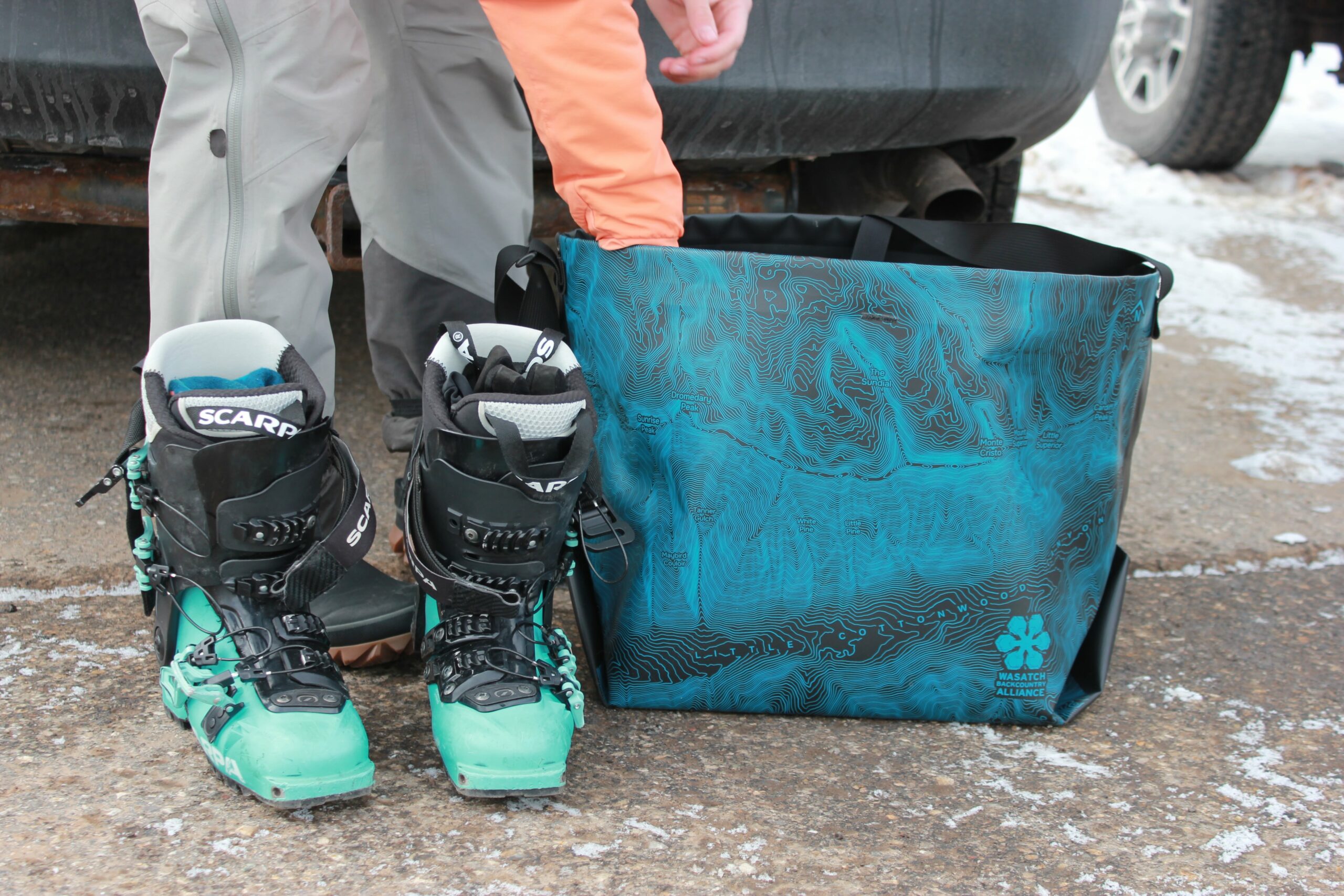
WBA x eqpd GearBuckets
We are stoked to introduce the eqpd gear Wasatch Backcountry Alliance GearBucket! Stamped with the Little Cottonwood Canyon topo map, the GearBucket combines the usefulness…
-
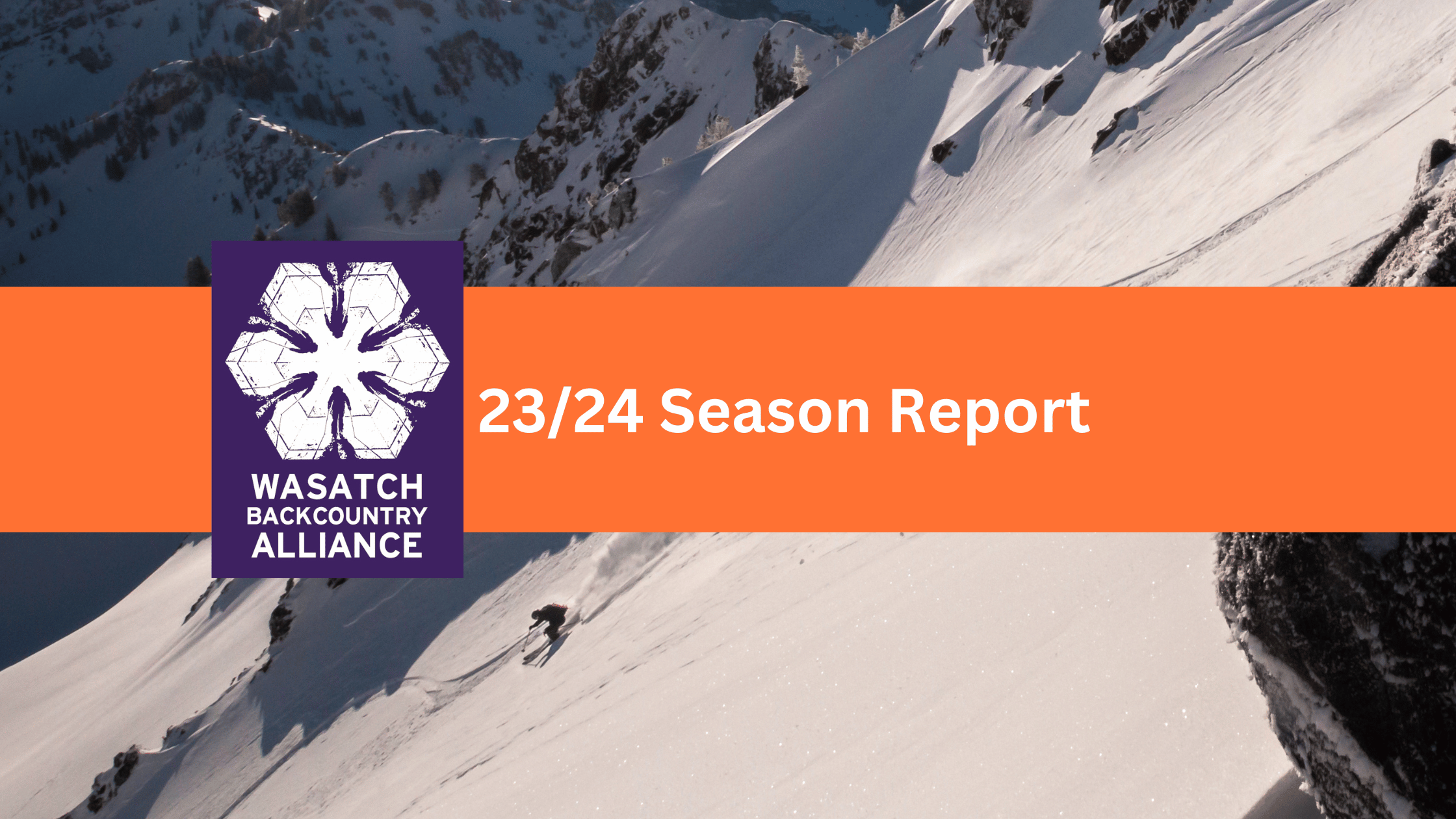
23/24 Season Report
Wasatch Backcountry Alliance published our first-ever season report from the 23/24 winter! For the past 10 years, WBA has been run by a volunteer board…
-
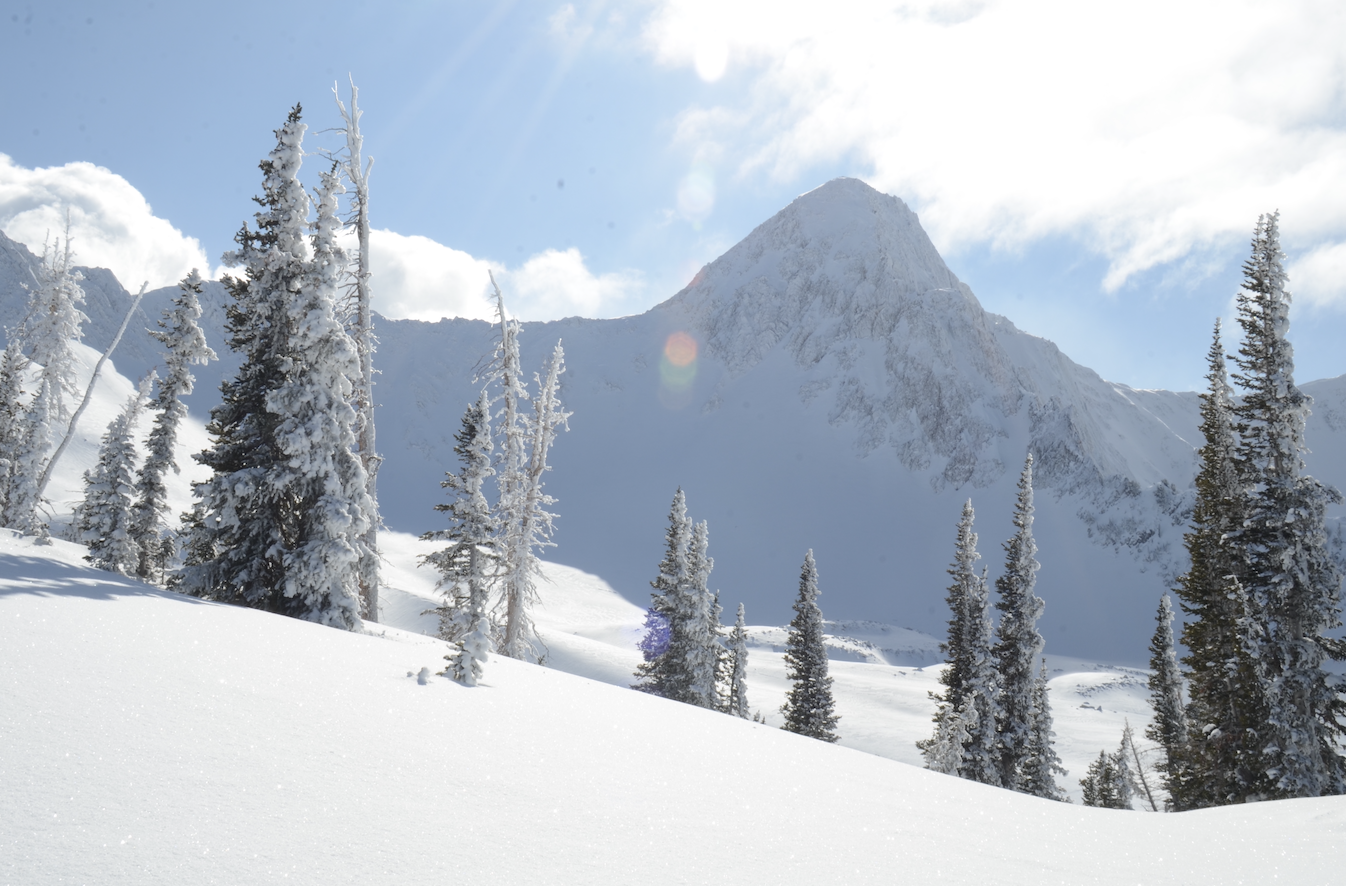
Cheers to the Wasatch!
Let’s make a lasting impact together! A note from our Director, Dani Poirier Like many of you, the Wasatch is where I learned to backcountry…
-
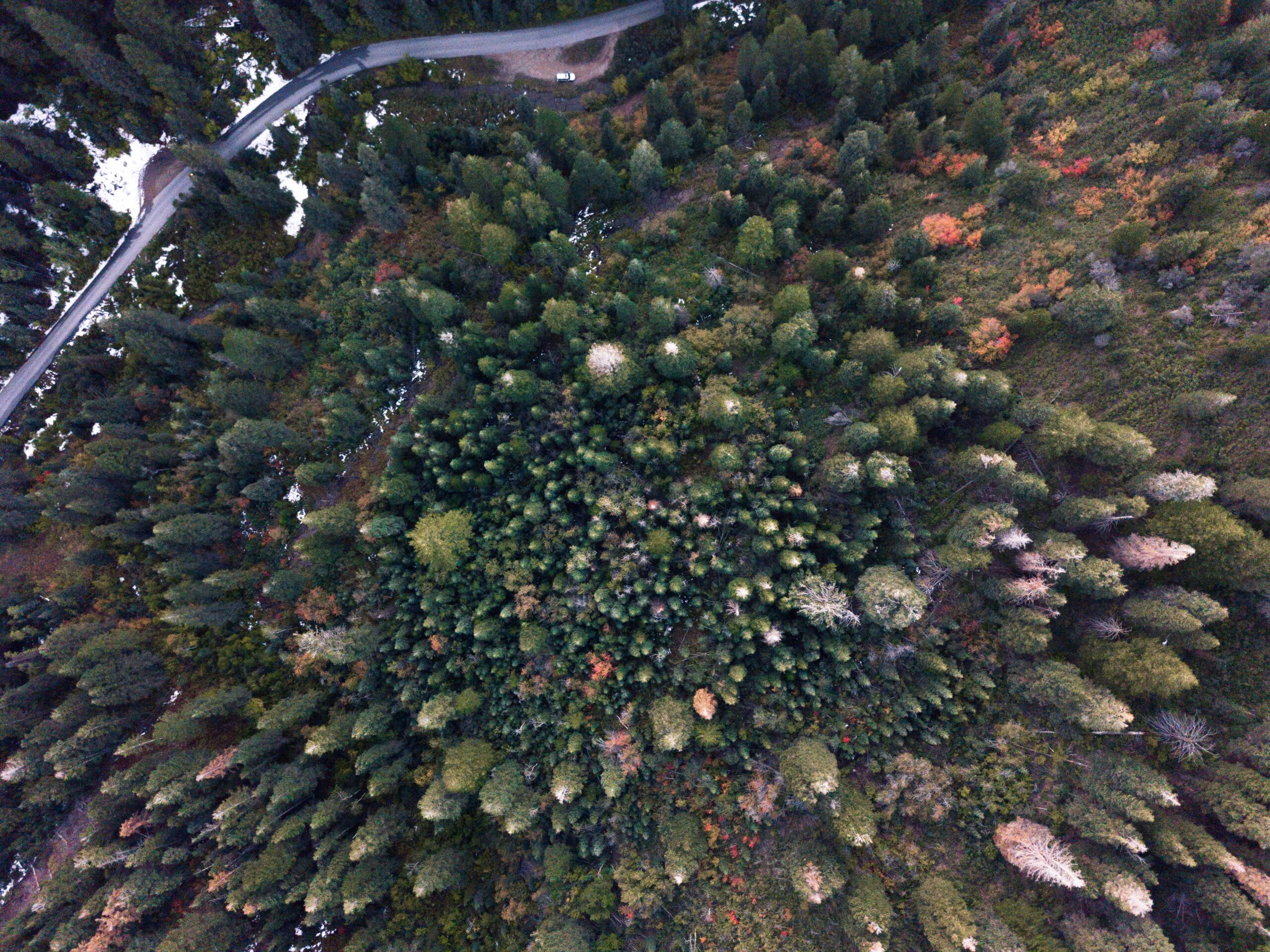
UPDATED- Comment Period: Upper Mill Creek Canyon
03/29/2024 Update You may remember that the Forest Service, Salt Lake County, and Federal Highways have been working on a plan to rebuild the Mill…